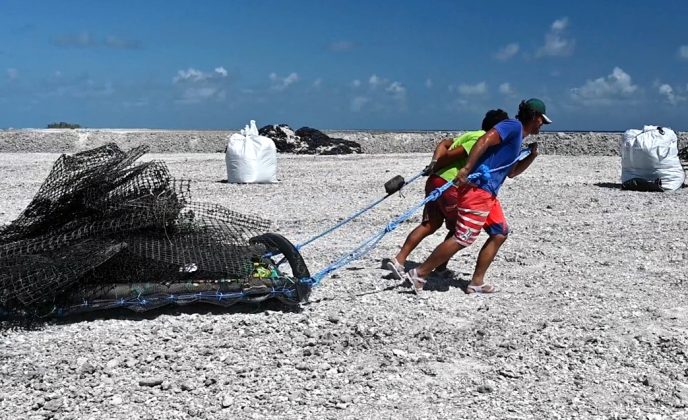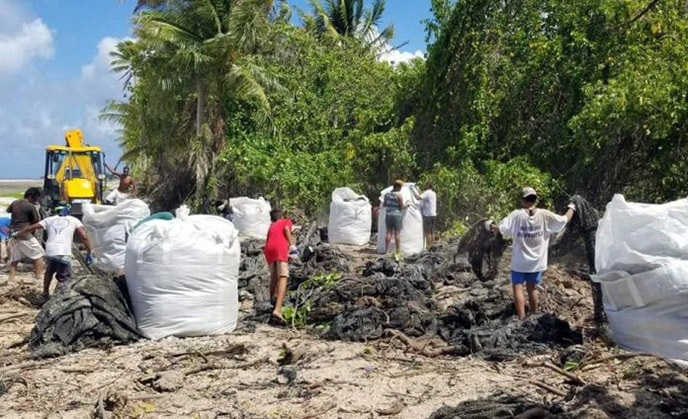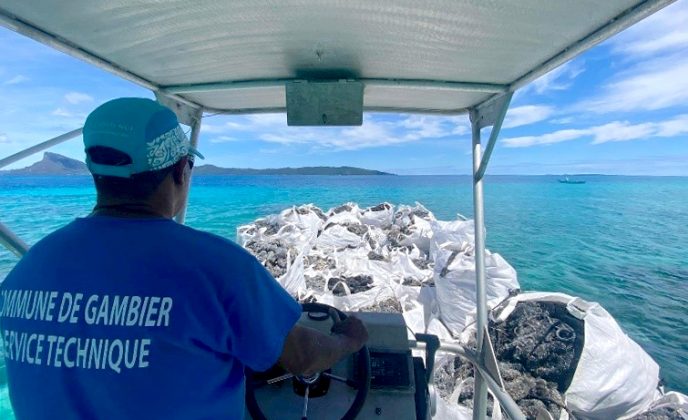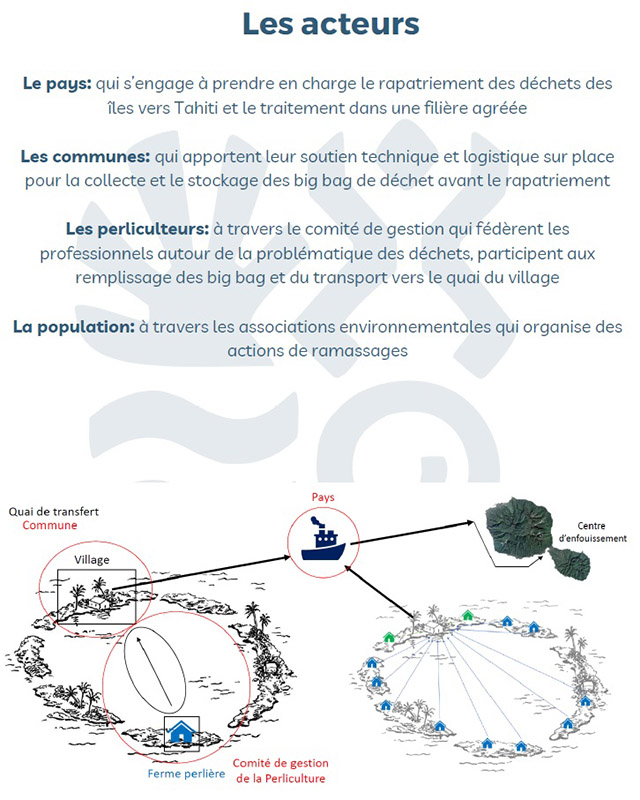This evaluation, conducted by the Territorial Audit Court (CTC), highlights major concerns regarding the association’s management, representativeness, and effectiveness in fulfilling its mission to promote Tahitian pearls. Below is a summary of the key findings:
1. Loss of Members and Lack of Representativeness
Founded in 2014 following the dissolution of La Maison de la Perle, the TPAFP was intended to unite pearl industry stakeholders and promote Tahitian pearls. However, within its first year, membership dropped from 11 to just 5 organizations, signaling a failure in its core mission. This decline has undermined the association’s credibility and legitimacy among industry professionals.
2. Governance Failures
The CTC report identifies serious governance issues:
- No systematic meeting minutes – Decisions lack proper documentation.
- Missing agendas – Meetings often lack structure, disrupting operations.
- Dysfunctional General Assembly – The decision-making body fails to fulfill its role.
- Statutory non-compliance – Governance rules are frequently ignored, with insufficient conflict-of-interest safeguards, jeopardizing the organization’s integrity.
3. Poor Financial Management
The association’s financial practices were heavily criticized:
- Mismanagement of subsidies – Despite receiving 436 million Fcfp (2014–2019), fund allocation remains unclear.
- Deficient accounting – No clear internal controls, leading to opaque spending of public funds.
- Lack of expenditure oversight – Resources are poorly allocated due to weak financial supervision.
4. Ineffective Promotion Strategy
The TPAFP’s promotional efforts—both locally and internationally—were deemed inefficient:
- Uncontrolled foreign association funding – International promotion was outsourced without direct oversight, diluting strategic control.
- Excessive spending – Non-competitive procurement and inflated costs raised questions about value for money.
- Unfair local vendor access – Preferential treatment for certain providers cast doubt on transparency in partnerships.
5. Corrective Measures Proposed
To address these shortcomings, some reforms were introduced in 2020, including direct partnerships with foreign associations. However, the CTC argues that the TPAFP’s very existence should be reassessed. Key recommendations include:
- Governance overhaul – Strengthen decision-making transparency.
- Financial accountability – Implement strict auditing mechanisms.
- Strategic realignment – Refocus promotion efforts for measurable impact.
6. Conclusion: A Crucial Crossroads
The TPAFP stands at a pivotal juncture. Its poor governance, financial mismanagement, and lack of industry trust call into question its ability to effectively promote Tahitian pearls. Urgent reforms are needed to restore credibility and ensure the association can fulfill its role in sustaining Polynesia’s pearl industry.
Without decisive action, the TPAFP risks becoming obsolete—a costly missed opportunity for a sector vital to French Polynesia’s economy.





